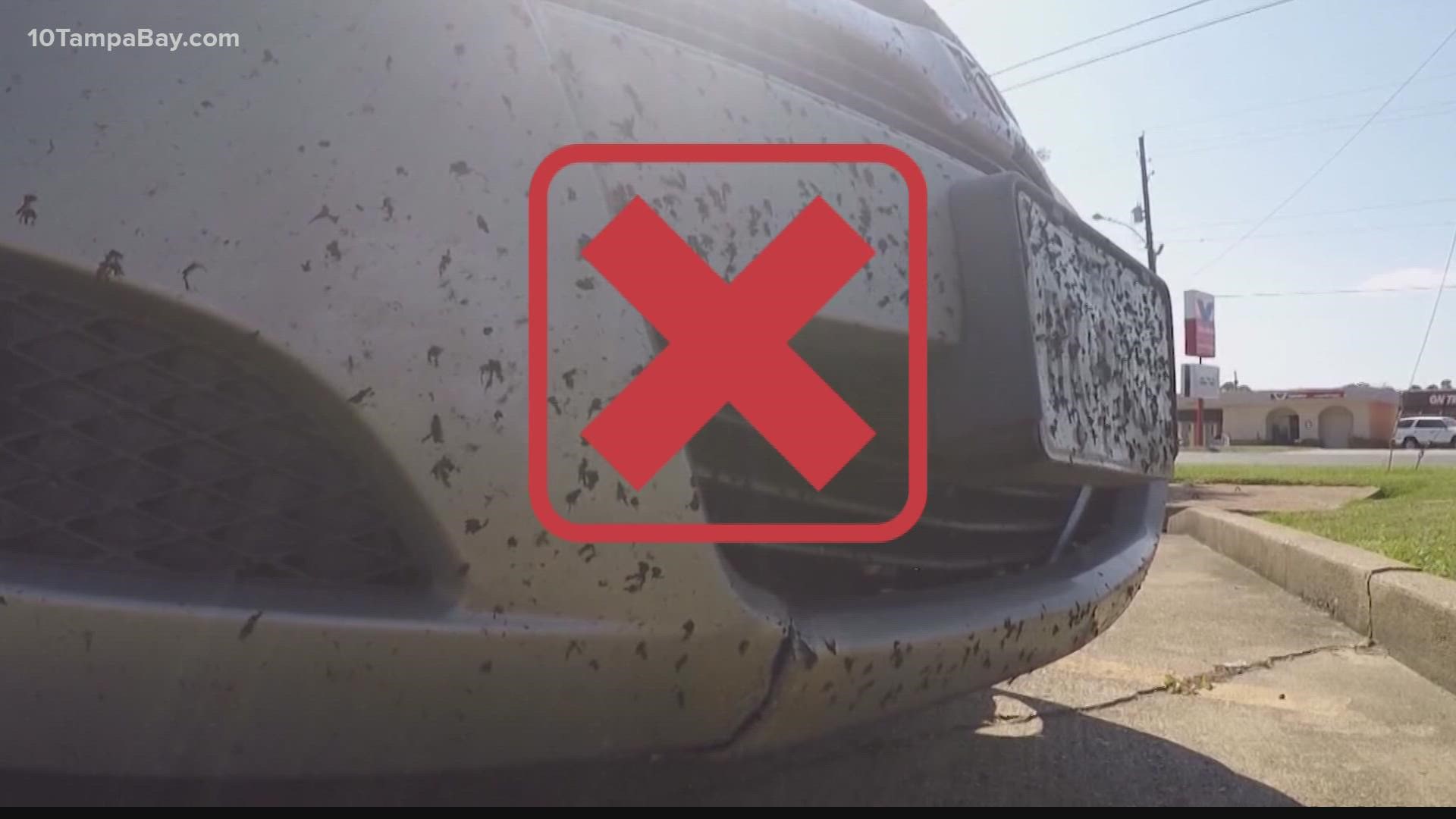ST. PETERSBURG, Fla. — One thing Floridians can count on seeing as the summer season wraps up are lovebugs, but this year, the bugs have been missing in action.
We reached out to Florida Gulf Coast University professor and animal behavior expert Dr. Charles 'Billy' Gunnels for answers. He says the dry weather we had this summer may explain some of the limited number of lovebugs we've seen lately.
"The summer was very hot, I do not know whether this should have an impact, but it certainly could," Gunnels said in an email.
Parts of the Tampa Bay area, including Tampa, Plant City, Lakeland and Venice, saw record-breaking high temperatures this summer, according to NOAA. This July was marked as the hottest month ever recorded across the world.
"Animals tend to be most successful under specific conditions. Significant changes tend to have negative impacts on wildlife, including lovebugs," Gunnels explained.
When asked if Hurricane Idalia may have had an impact on the bugs, the professor said he didn't see anything in the literature confirming that information.
He did say there may have been predators in the grass that could get the larve, which could possibly have an impact, but there also wasn't a lot of information out there to confirm that idea.
The species, formally called the Plecia nearctica but lovebug for simpler reasons, gets its name from their in-flight mating. While they're not destructive or dangerous, they can become annoying when they accumulate in large numbers.
These pesky insects aren't all that bad, but they're typically unavoidable if you live along the Gulf Coast. While there's no pesticide to control them they can cause damage, so it's advised they be washed off cars immediately.

